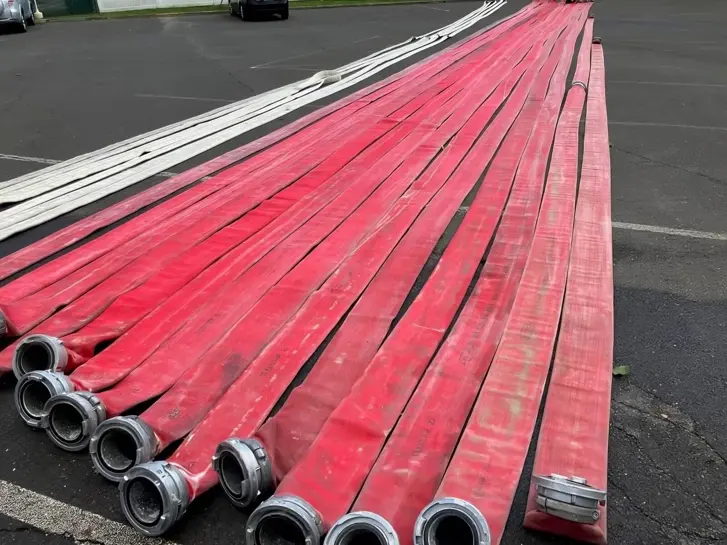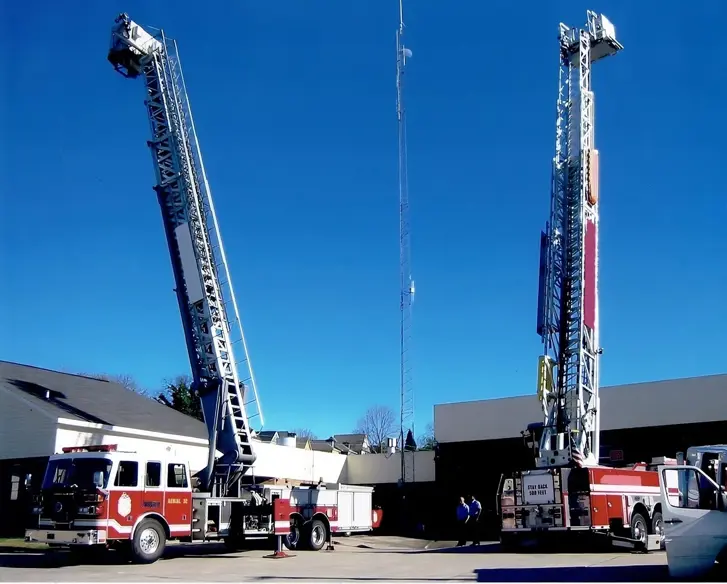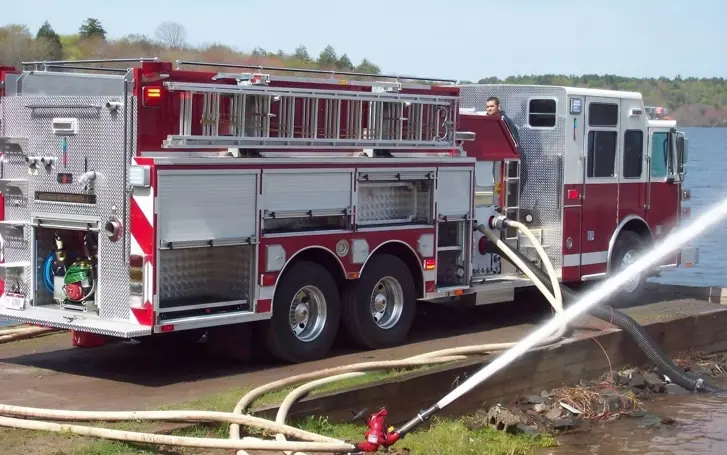Our ISO 17020-accredited inspection and testing services are backed by decades of fire apparatus and equipment inspection experience.
We utilize a comprehensive inspection program with state-of-the art test equipment for all of your fire apparatus and equipment testing needs.
Our certified fire apparatus inspection teams provide acceptance testing at fire apparatus manufacturers. We also complete your annual performance and service testing, on-site, in accordance with the latest National Fire Protection Association (NFPA) standards.
Our in-service testing includes centrifugal pumps, 12-volt electrical systems, line voltage electrical systems, foam proportioning systems, compressed air foam systems (CAFS), and aerial ladders and platforms, along with fire and emergency services ground ladders.
All inspections are performed, and technicians are certified, in accordance with the latest regulatory and industry standards, including:
- NFPA 1900
- NFPA 1910
- NFPA 1932
- NFPA 1962
Our services offer convenience and minimize out of service times.
Fire Hose Testing

Fire hose testing includes all hose and associated nozzles and appliances.
Hose is removed, tested using our hydrostatic test machines, labeled and re-packed on your apparatus. A detailed report is then prepared. All work follows NFPA 1962, Standard for the Care, Use, Inspection, Service Testing, and Replacement of Fire Hose, Couplings, Nozzles, and Fire Hose Appliances.
Fire hose is tested to assure the reliability of fire hose, nozzles, and fire hose appliances when they are used at an incident and to establish that safety is a primary concern for the continued in-service use of fire hose systems.
Aerial Device Inspection

Aerial devices need to be tested at the manufacturer’s facility and then annually, or if the aerial device has been damaged or significantly repaired.
Fire apparatus equipped with an aerial ladder, elevating platform or water tower, and their associated systems, shall be inspected and tested annually in accordance with NFPA 1910, Standard for the Inspection, Maintenance, Testing and Retirement of In-service Emergency Vehicles.
New aerial devices have required testing. Aerial devices shall be tested in accordance with NFPA 1900 and the test results certified by an independent third-party certification organization. The certified test results are delivered with the fire apparatus.
Apparatus Fire Pump Testing

MISTRAS offers on-site fire pump testing using our portable pump test system, or using your local pump testing location.
In-service apparatus fire pumps need to be tested annually. Pumps are tested in accordance with NFPA 1910, Standard for the Inspection, Maintenance, Testing, and Retirement of In-Service Emergency Vehicles.
New apparatus fire pumps also have required testing. NFPA 1900 requires Apparatus Fire Pump System Certification if the fire pump has a rated capacity of 750 gpm (3000 L/min) or greater. The pump shall be tested after the pump and all its associated piping and equipment have been installed on the apparatus.
The purpose of the pump test is to demonstrate that the pump/engine combination is capable of meeting the performance requirements of the apparatus design. Records of the service and performance tests are important evidence of apparatus maintenance.
Ground Ladder Inspection
Ground ladders are tested per the manufacturer’s instructions and NFPA 1932, Standard on Use, Maintenance, and Service Testing of In-Service Fire Department Ground Ladders. Heat sensors and safety labels are replaced as required.
Ground ladders need to be tested:
- Annually
- At any time a ladder is suspected of being unsafe
- After heat exposure
- After the ladder has been subjected to over-loading
- After the ladder has been subjected to impact loading or unusual usage conditions
- After any repairs, unless the only repair was replacing the halyard




